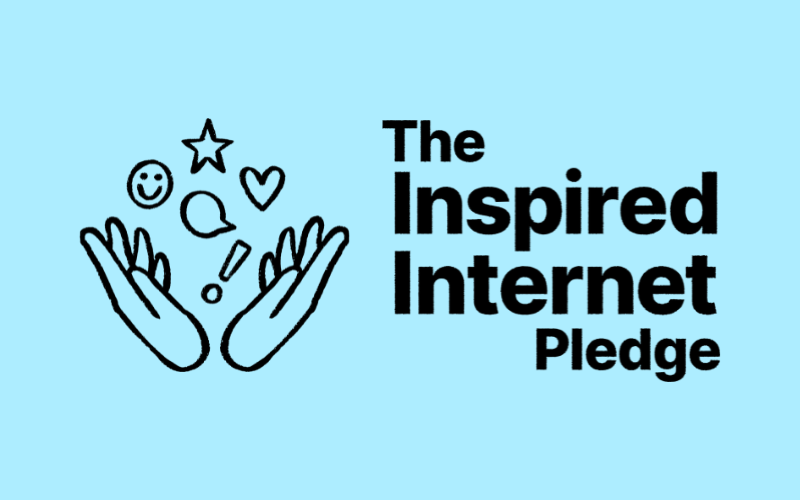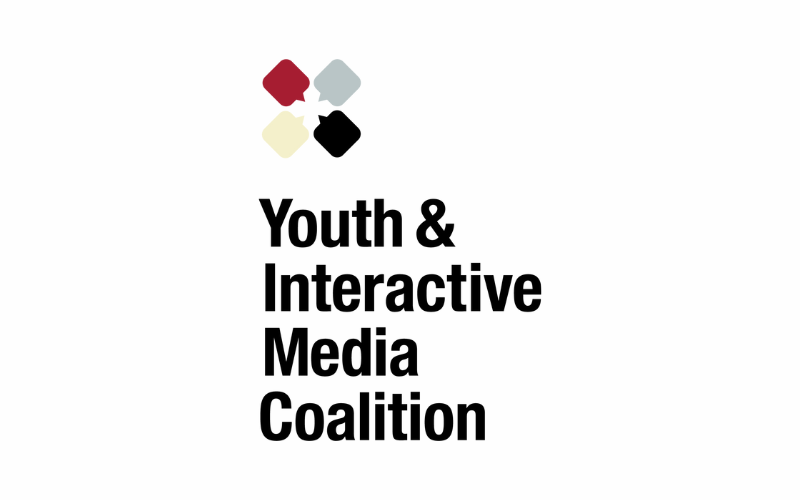Transitions can be difficult for all of us, but they are especially challenging for very young children and children with ADHD, anxiety, autism, and sensory processing issues. Children may throw tantrums, whine or yell, ignore requests, or negotiate for different outcomes. It can be even more difficult to get children to transition away from the bright lights and fast pace of screen media, which are designed to encourage ever-greater engagement.
To facilitate a smooth transition away from a screen, planning is important. Know what you are going to ask your child to do and what you’ll do next, after the screen is removed.
Many television shows and games directed at young children offer frequent natural transition points by shifting to a commercial, moving to a new story, or offering a different activity. These present good opportunities to take away the tablet or turn off the TV.
Let your child know when a transition is approaching.
- “In five minutes, we are going to put down the iPad because it’s time to play outside.”
- “We are going to turn off the TV the next time we see a commercial.”
- “I just set a timer on my phone for three minutes. When that timer goes off, we are going to turn off this movie.”
Suggest that your child choose one last activity.
- “Let’s do one last dance before we turn off the music!”
- “You can choose one more game to play and then we’re going to put away the tablet.”
- “Do you want your last video to be Dora or Elmo?”
Give your child an opportunity to lead the transition.
- “It’s time to put down the phone. Where do you want to leave it?”
- “We need to turn off the TV now. Can you push the button?”
- “Should we say goodbye to Doc McStuffins in English or in Spanish?”
Swiftly move to a new, fun activity.
- “I’m so proud of you for saying goodbye to Elmo! Let’s head outside to draw with chalk. This is going to be so much fun!”
- “Good job waving goodbye to Clifford. It’s time to eat dinner now. We’re having yummy, healthy food tonight!”







